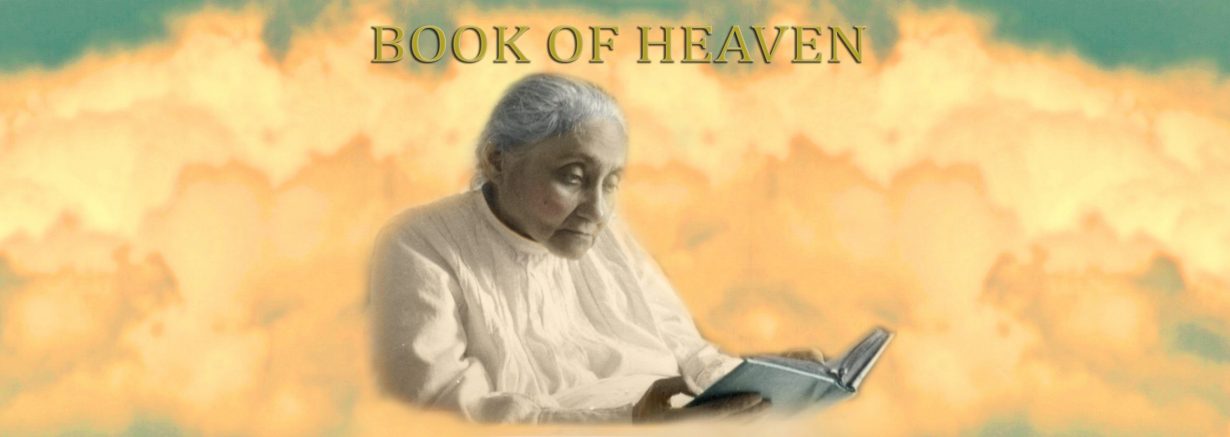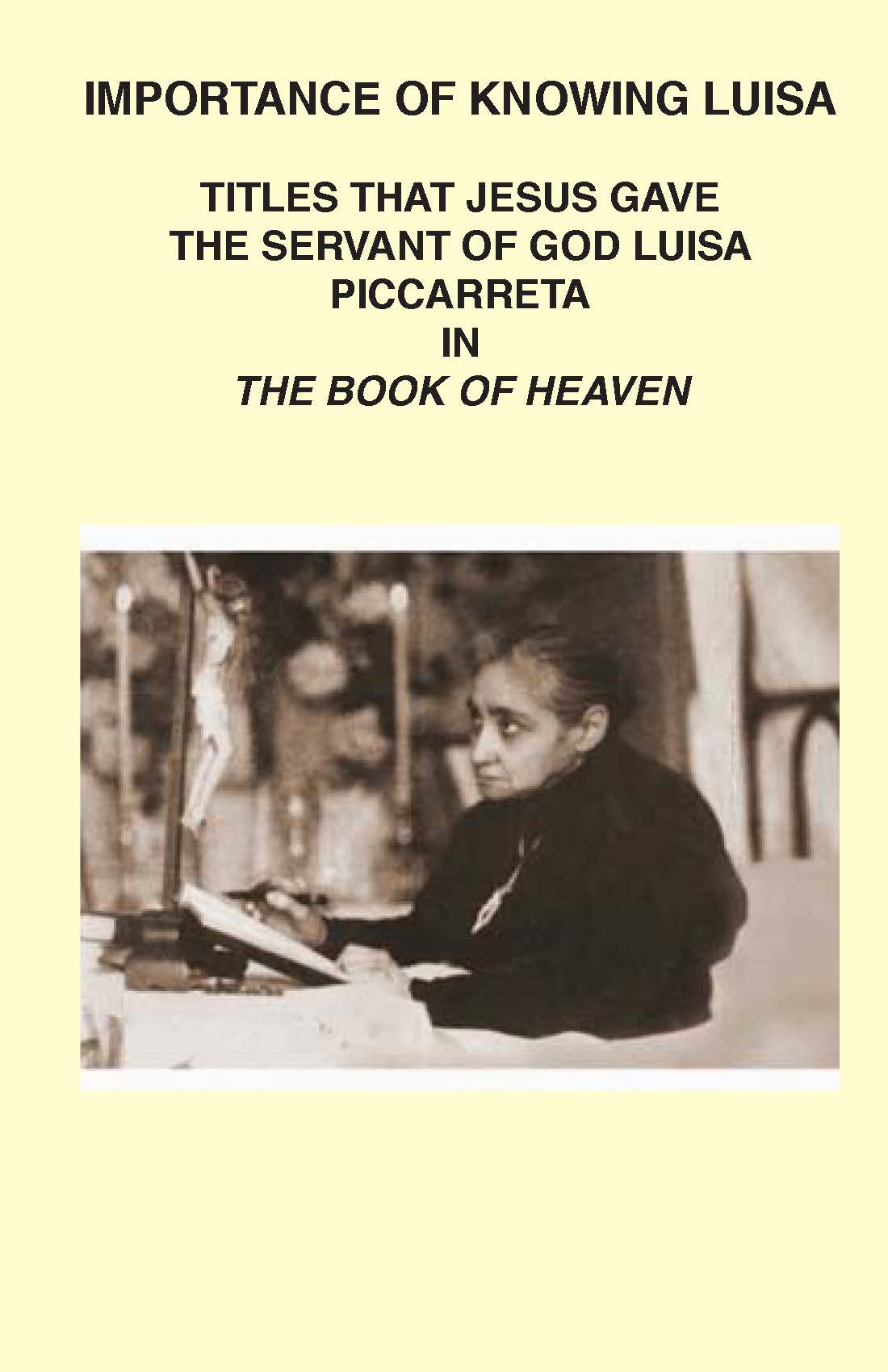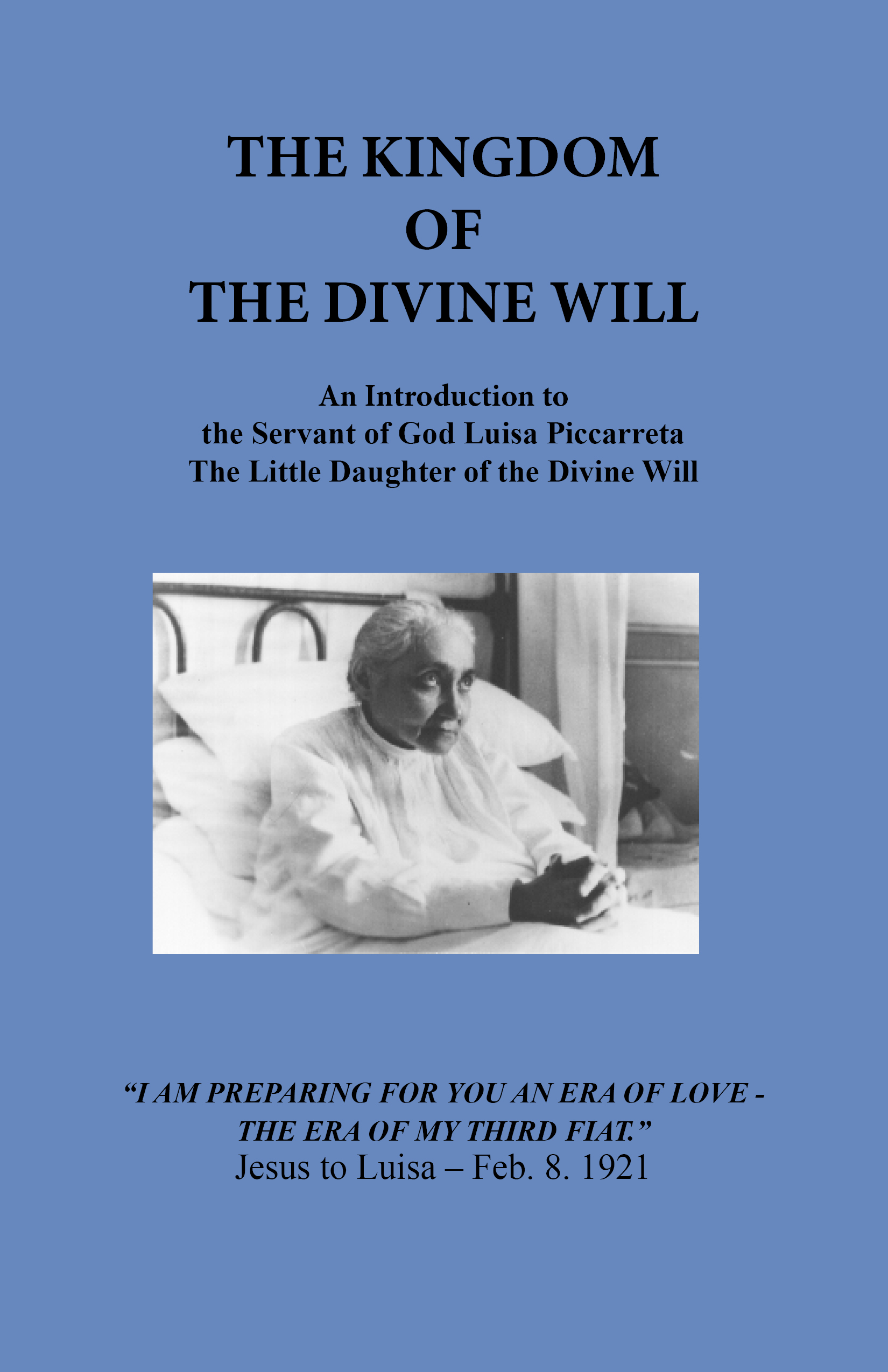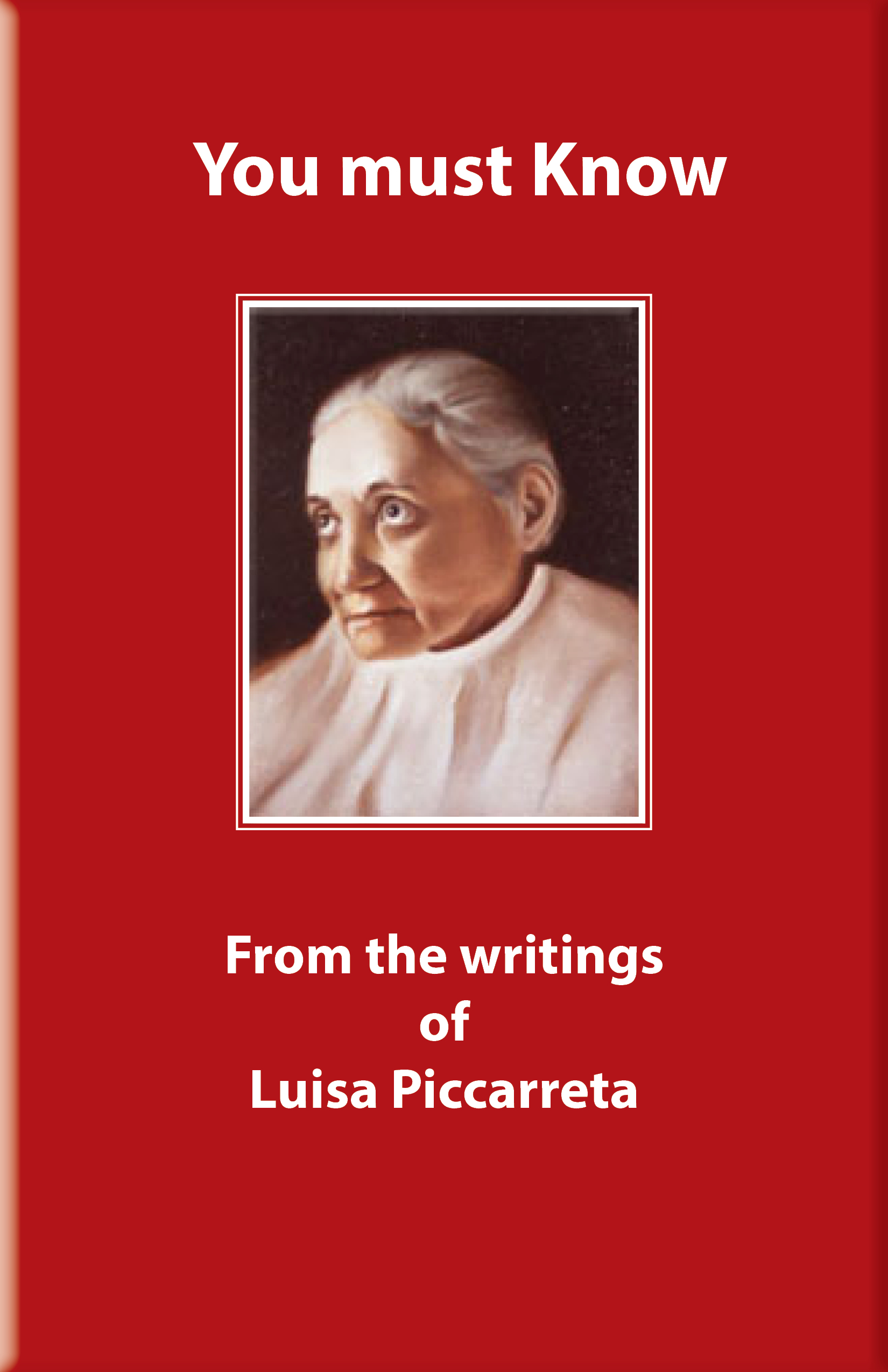Eyes That Are Seeing
By Bishop James Conley on Mar 17, 2016 02:23 pm
The 19th-century poet Charles Warren Stoddard wrote a poem, “Stigmata,” which I often reflect on during Holy Week. The second stanza is striking:
They have crucified Thee for a token,
For a token Thy flesh crucified
Shall bleed in a heart that is broken
For love of the wound in Thy side;
In pity for palms that were pleading,
For feet that were grievously used,
There is blood on the brow that is bleeding
And torn, as Thy brow that was bruised!
By Thee have we life, breath, and being;
Thou hast knowledge of us and our kind;
Thou hast pleasure of eyes that are seeing,
And sorrow of eyes that are blind;
By the seal of the mystery shown us—
The wound that with Thy wounds accord—
O Lord, have mercy upon us!
Have mercy upon us, O Lord.
By Jesus Christ, “we have life, breath, and being.” God offers us life in this world, and eternal life, with him, forever. God offers us mercy from our sins: freedom and forgiveness—new life, new breath, and a new kind of being.
But God’s mercy comes to us at a price. Christ became a man in order to overcome the chasm of sin separating God and mankind. And Christ suffered, died, and was resurrected in order to conquer death, to bear the consequences of our sin and to make everlasting mercy manifestly possible for each one of us.
Paragraph 616 of the Catechism of the Catholic Church says “It is love ‘to the end’ that confers on Christ’s sacrifice its value as redemption and reparation, as atonement and satisfaction. He knew and loved us all when he offered his life… No man, not even the holiest, was ever able to take on himself the sins of all men and offer himself as a sacrifice for all. The existence in Christ of the divine person of the Son, who at once surpasses and embraces all human persons, and constitutes himself as the Head of all mankind, makes possible his redemptive sacrifice for all.”
He was crucified: beaten, bleeding, and broken, because of his love for us, and because his crucifixion bore the penalty for our sin. “The wages of sin is death,” St. Paul tells us, and so Christ took on death, taking on the cost of our sin, so that we could have eternal life.
It is easy, in the busy-ness of ordinary life, to forget what Christ bore for our sake. We often have “eyes that are blind” to the great penalty he paid for us. Lent is a time to remember Christ’s sacrifice, and during Holy Week, and the Sacred Triduum, we remember it especially. We recall Christ’s sacrifice each year, so that we will not forget the source of God’s mercy.
Since at least the fifth century, in one form or another, the Church has remembered Christ’s passion during the sacred Triduum in a haunting ritual called Tenebrae. Tenebrae is a service of readings and chanted psalms. The Latin word “Tenebrae” simply means “shadows,” because as the Church prays, light is gradually extinguished, reminding us of the darkness of death, into which Christ descended.
Tenebrae is both beautiful and haunting. It is especially beautiful when it is prayed using the rich melodies and customs of the Church’s traditions. As we pray Tenebrae, the Lord reminds us of his mercy, and gives us “eyes that are seeing.” Through these ancient liturgical rituals, we somehow get a glimpse, an insight, into the incomprehensible mysteries that surround us during this holiest time of the liturgical year.
The seminarians of St. Gregory the Great will pray Tenebrae on Holy Saturday in the Cathedral of the Risen Christ. They will call to mind the passion of Jesus Christ. They will do so with great beauty, with deep faith and with solemn reverence. I invite the faithful from across the Diocese of Lincoln to join me and our seminarians in this ancient prayer of the Church at 8:30 a.m. on Holy Saturday, March 26, at the Cathedral of the Risen Christ.
Whether or not you pray Tenebrae during this Holy Week, I pray that you set aside time to reflect on the gift of God’s mercy, and on the sacrifice of Jesus Christ. I pray that Christ give you new life and breath, and that you know the mercy of God, and you know its source: Jesus Christ, who heals our wounds with his wounds, and gives us life by conquering death.



















